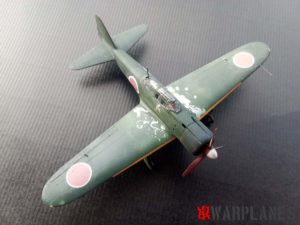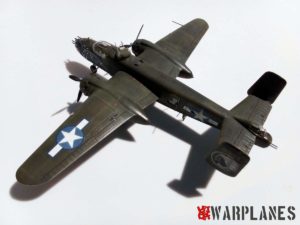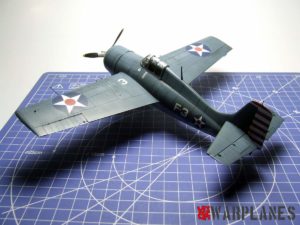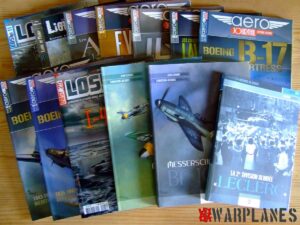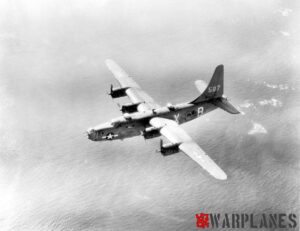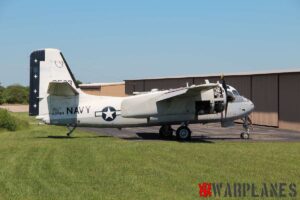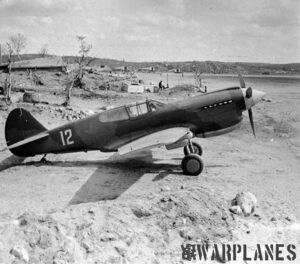Eduard Bf 109F-4 No. 70155
My experience with this kit started a bit funny- in a first moment I did not notice that this is 1/72 scale kit. For a many years primary I received 1/48 scale kit, many kits of Bf 109 released before was in that scale so I was happy when I see its scale. In general, I mostly prefer 1/72 scale. What we have here is one of few kits of Bf 109F in 1/72 scale, this one is Bf 109 F-4, released as ProfiPACK Edition, manufacturer is Eduard and its stock number is No. 70155. Scale as I said, 1:72.

Kit is great tool in any aspect of this word!! From my point of view, far superior geometry of parts, its precision and easy to assemble. Kit box is of big size and this make me confused about the scale. Art box is nice, showing famous airplane of Oblt. Hans-Joachim Marseille in flight over African desert. Inside is assembly booklet, plastic parts, decals, etched parts… There is three frets inside in grey plastic, one in transparent plastic, two sheet of etched parts (one is painted), protection mask, one decal sheet for service stencils and another one for unit and national insignia. Very rich offer!!
Build start with painting all interior parts in RLM 66 colors. I also use rest of this color in airbrush to give a tiny coat over rest of parts, like wheels, this give good base for hand brushing later. From very start need to select which sample of airplane you will built, as well from interior details, there is difference. For example, version E have additional small board at the bottom of instrument panel. Other options are to select original plastic parts or use etched parts and instrument panel have also choice from use decals or pre painted etched parts. Some details need to be painted in different color, like bottom of control stick, or pipe line on cockpit starboard side. Build goes so smooth as well parts are greatly designed, simplified and final details are top!
Cockpit section with floor, seat, belts, instrument panels need most of effort for the fuselage interior assembly but they are not the only details what need to be placed inside fuselage half’s before their join. On rear section, bottom of tail, need to fix small holder for the tail wheel. Under the top of the nose are gun bays and they are to be cement from inside. Then fuselage half’s can be join together. Take care not to overdose cement while gluing rear fuselage section, there is visible panel line on the top of fuselage. Most lovely part of this step is that cockpit assembly section have to be insert in fuselage from bottom and this make build so easy, at least to me. Once it is placed in its position, need to be add rear plate behind pilot head. In this step I also put gun sight, which by assembly order have to be used before, but in practical reason of safety, I put it later.
Now come the next step in selecting model, as well from this box set you can do those operated over Europe or Africa, and this make external details different. Most difference there comes on port side air intake. First at all, it have different basic stand so once again, take the one which fit your version for final built. Air intake which comes over, also have two versions and if we count tropical filter, three versions. Very rich variant offer from manufacturer. Engine exhaust have no variations but do have options with or without etched parts. In both options it will look great. Fuselage assembly ends by adding vertical and horizontal tail on rear fuselage.

Then comes the wings and they are so simple to built and excellent in details. First at all, on the bottom wing need to place two wheel bay’s, and then cover it with two top half’s. Straightforward and easy. And this wing now put and cement on the fuselage bottom. Take some care as well wings come with pito tube on it, tiny detail which could be crashed. On wing leading edges comes wing slots, on rear side roll control surfaces. And two transparent parts comes on wing tips, navigation lights.
Work on coolers are next in line. Please make sure that interior of cooler is painted in RLM 02 color, before step into assembly. There is cooler under the wing, just behind wheel bay and one at the nose bottom. Once again, need to select parts and it is for the nose cooler cover, two options are available, choose the one which need your final version. Etched rear and front of cooler is first to be make and they present mesh which good represent original look. Total of six etched parts is to be used there. And then simply cover it with with cooler top. Final step in cooler and wing assembly is mounting of flaps on inner trailing edge of the wings.

Brilliant part of the build is the landing gear. Not only in the way of details but its geometry and way of application. Simply one leg goes on landing gear door with one etched wire and this make main thing. What make you great is extension on the top of landing gear leg, it make it easy to finally put it into bed in wings. Not only that it is made to precisely get into good position, but also to have no problems in cleaning surface for cement application. This configuration make it so easy to use. It is on you, are you going to put it on kit and continue build work like that, or complete it separately and add it in position at the very end of build project. Note that there is also variations in parts to be used.
Final assembly is mostly about the cockpit canopy. Two options is possible, to make it open, what is nice to show all interior details, or closed, for those who love to see it in more streamlined form. It does not require some more time to make it open and not complicated at all, it is on your choice. But need some care and precision as well inside on frames have to be add few etched parts. Most of the observers will not even spot some of this details. Depending of your skills and preference, you can use transparent cockpit parts with protection mask placed but also you can mask it later, it is on you. Same situation with optional parts, some versions need additional protection plate on windshield.

Basic assembly ends with propeller assembly. It consist of three parts, spinner bottom, spinner front and propeller. There is two variants of propellers, select the one in regards to the sample kit you build it. You can paint it and finish completely and add to fuselage front at the very end. Must say it slot into hole perfectly! With propeller does not end kit assembly, one version uses bomb so final step in build is making bomb pylon and the same bomb. But of course, you could make it even before.
Now the lovely part of the build- painting. Eduard provide rich options for the final assembly and I do have problem which one to choose. All are nice, attractive, with great history which cover particular sample. For the camouflage lowers this is definitely challenging as well it offer desert camouflage with sand brown and mid blue colors, standard continental camouflage patterns with RLM 74, RLM 75 and RLM 76 color, winter camouflage with greens and white over it, recombined desert camouflage with green patches over it… definitely not easy to make it. My selection was sample flown by Oblt. Hans-Joachim Marseille. His life story is nice, he was respected as person and pilot. Camouflage is some simple, top in desert sand RLM 79 and bottom in mid blue RLM 78. Nose top, spinner, rear fuselage band and wing tips are in white and bottom engine cover is in yellow.

After kit was painted and covered with high gloss varnish, I start with decals. I need two days to apply them. Primary, service stencils took a lot of time, they are small and so many. But not more then few hours in relaxing garden atmosphere I need to complete them. Tomorrow goes easy part, few of the national insignia markings as well personal insignia. Interesting detail is design of swastika at tail. In past Edaurd provide two versions, full printed design (which is forbidden in some countries) and sample print in two half’s. Now it is changed, into one outer shape, square one and cross which goes inside and it form full swastika shape. Good idea, especially if this have to go into some magazine, editors will easy accept outer square shape and builder at his own will, later can add this small cross. I did not do much on dirt and weathering, primary I do some bletch of top surface paint, as well African sun is strong one and add some regular stains over surface, as seen on many archive images.
Once again, Eduard did great thing with this kit and I find this kit so pleasant and easy to built. Must apologize to the readers and Eduard- this kit have no radio wires. Reason is simple- I am in process of recovery back into model build and still miss a lot of materials. Among them is this material for wires. I hope this will be solved till the next build. My great thanks goes to Eduard who provide sample kit and the same you can find here.
Srećko Bradić






































